|
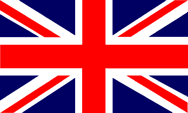
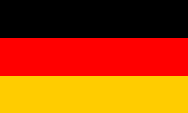
Es gibt zwei österreichische
Formen der Handhamonika, die Steirische und die Wiener Modelle
- There are two types of Austrian
accordions, the Styrish and the Vienna Style accordions
1. Die Steirische - Styrish

Die Steirische hat ihren Namen nach
der Steiermark, einem Bundesland der Republik Österreich.
Dieses Modell ist im gesamten Alpenraum das populärste
Akkordeoninstrument, mit Ausnahme der Schweiz. Der Klang der
Diskantseite ist ähnlich dem einer Hohner Corona III oder
Hohner Corso, der Klang der BassSeite ist allerdings völlig
anders. - The "Steirische"
(Styrish) is named after Styre, a state of the confederate Austrian
Republic. This is the most popular instrument in the alpine
area, (Austria, Southern Germany, Northern Italy, Slovenia,
except for Switzerland). The sound of the treble side is similar
to a Hohner Corona III or Hohner Corso, the bass sound is is
something different, alltogether.
8
Klangbeispiele - 8 mp3 files of the styrisch sound »
3 Manufakturen - 3
builders of styrish:
Oellerer
Harmonikas »
Strasser
Harmonikas»
Kärntnerland
Harmonikas »

Typisch
für die Diskantseite ist das dreifache Tremolo sowie ab
der 2. Reihe jeweils ein Gleichton - wie beim Clubmodell. Auf
dem jeweils ersten Knopf einer jeden Reihe befindet sich ein
normaler Ton, kein Hilfston. Dieses Modell hat drei Reihen,
häufig sind aber auch Modelle mit vier oder fünf Reihen.
-Typical for the right side
is a three reed tremoloe and a "Gleichton" as on a
Club model beginning at the second row. No auxiliary notes on
the first button of each row. This is a three row model, but
four and five row models are popular, too.
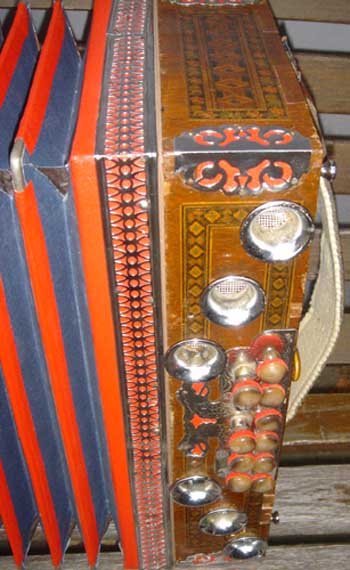
Typisch
für die BassSeite sind die Helikonbässe, die eine
Oktave tiefer liegen als normal und einen Helikon- bzw. Tuba-
ähnlichen Klang erzeugen. Die Schalltrichter haben eher
dekorativen Charakter, der Klangunterschied zum normalen Akkordeonbass
kommt duch die tiefen Stimmzungen. - Typical for the
left side is the helikon bass, one octave lower than the normal
accordion bass. This gives a helikon or tuba like sound to the
instrument. The little horns more or less have decorative character,
the sound is produced by the extra low reeds.
2. Wiener Modelle - Vienna
Style Accordions

Wiener Zweireiher, zwanziger Jahre.
Die Wiener Modelle gibt es mit ein, zwei oder drei Reihen, wobei
zwei Reihen die verbreiteste Form sind. Viele Hersteller blieben
bei dieser hölzernen Bauweise insbesondere Castagnari,
während Hohner zu einem abgerundeten, plastiküberzogenen
Stil überging. Castagnari hält die Tradition aufrecht
mit normalen Zweireihern, irischen Zweireihern mit zwei Reihen,
die eine halben Ton auseinander stehen, baskischen Modellen
mit jeweils zwei Hilfsnoten am Anfang der Reihe sowie Zweireihern
ohne Gleichton, aber mit zwei, fünf oder zehn Hilfstasten.
- A two row Vienna style accordion by Hohner, twenties. The
Vienna style comes in one , two and three rows. Two rows are
the most popular configuration. Many makers kept this form of
accordion, most notably Castagnari,
whereas Hohner changed it in the late fifties to the now popular
form of the Erica. Castagnari keeps the tradition of these two
row accordions up, building normal two rows, Irish style with
two rows a semitone apart, basque style with two auxiliary notes
on each row, models with auxiliary buttons (two, five or ten),
but without "Gleichton".

Diese Handharmonika wurde wirklich
gespielt. - This accordeon paid
its dues.
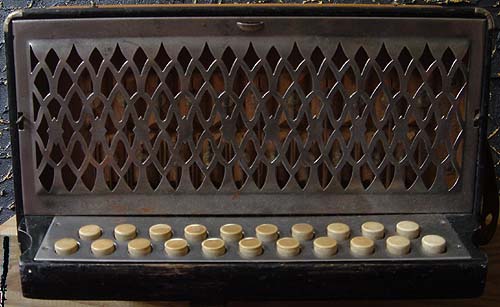
Zwei Reihen in Bb & Eb, mit Hilfstönen
auf dem ersten Knopf jeder Reihe. -
Two rows in the keys of Bb & Eb, with two auxilary notes
on the first button of each row.
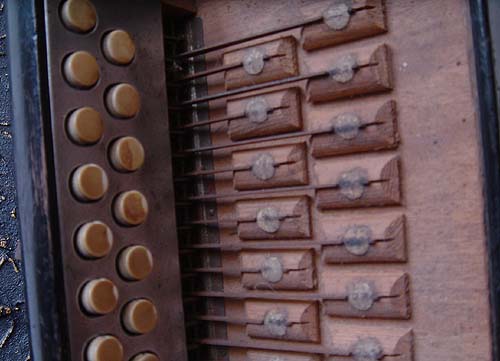

Ende der dreißiger
Jahre erhielt das Modell eine Plastikverkleidung.
- At the end of the thirties the instrument has got the mother
of toilet seat covering.

Eins der ersten Club
Modelle, mit zwei Hilfstasten. In der Schweiz nahm man den Zweireiher
als Ausgangspunkt für das Clubmodell, das später 4,
5, meistens 7, aber auch 10 Hilfstasten erhielt.
- This is one of the earliest Club models, with two auxiliary
buttons. In Switzerland they took the two row Vienna accordion
as a starting point for the Club model, which later got 4, 5,
7 and even 10 auxiliary buttons
|


